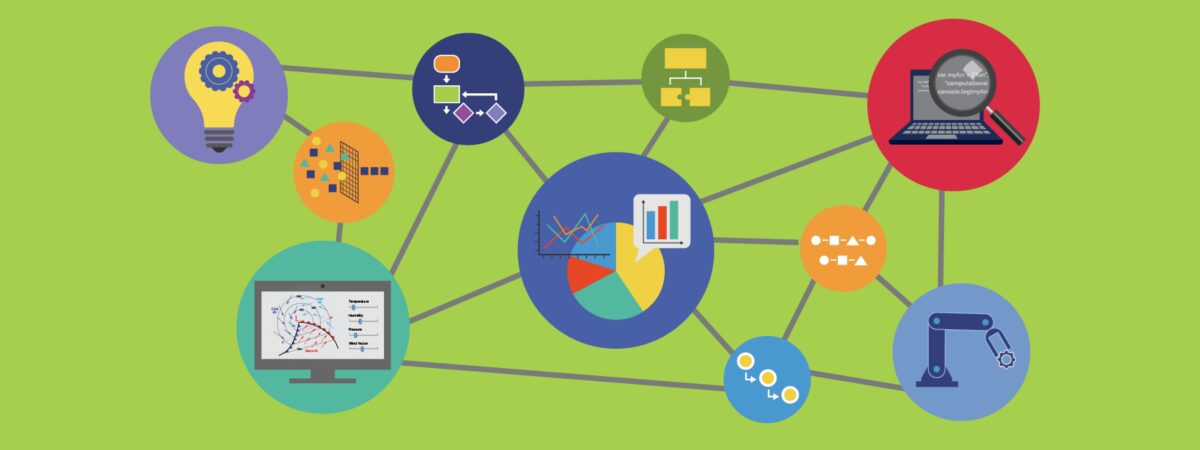
Before diving into high-level concepts or programming languages, many teachers benefit from “unplugged” activities–hands-on, screen-free ways to embody CT ideas. The entry-level computer science website “CS Uplugged” has been a longstanding resource for educators to introduce their students to computational concepts without screens. For example, one favorite activity involves a simple dance routine that teaches students the nature of “loops” and how moves (not unlike code) can repeat and speed up (or slow down) to create fun and unusual dances . When students move through these concepts physically, they gain a deeper, intuitive understanding of them. By embodying the idea of a loop first, it then becomes that much more intuitive to sit down at a computer and apply it through code.
For the past eight years, Digital Promise has been working with a wide range of schools and districts to find these key entry points to CT, and our Computational Thinking website has resources to help you get started. Our Literacy and Computational Thinking Toolkit is a teacher-friendly resource full of highly visual, accessible materials, including sample routines, anchor charts, and examples of how CT intersects with literacy instruction—especially helpful for early adopters.
Having worked with over a dozen school districts nationally through our K-12 CT Pathways program, what is also clear is that districts who start unpacking computational thinking among their teachers and students early on are much better positioned to be informed consumers of AI as both a concept and a tool. Central to the machine learning characteristic of AI is large data sets and using algorithms to sort such data and identify recognizable patterns, enabling AI to make predictions, detect trends, and/or support decision-making. Although AI involves computation at an exponentially more advanced level, it still relies on fundamental concepts—such as sorting, sequencing, and pattern recognition—that can also be explored through those same “unplugged” activities at entry levels. At Digital Promise, we see CT as a key component to help districts get their minds around what is referred to as “AI literacy” – namely, those key skills that underlie machine learning, including data science and algorithmic thinking. These are the building blocks that allow students not only to use AI, but also to understand it, evaluate it, and ultimately create with it.
Digital Promise’s AI Literacy Framework outlines these three core modes of engagement: use, understand, and evaluate. Each entails computational thinking as part of their respective foundations. For example, understanding how an AI model works requires students to think critically about data inputs and outputs and how algorithms operate—a natural extension of CT principles.
We’re also proud of Digital Promise’s Responsibly Designed AI product certification, which helps school systems navigate the fast-changing landscape of edtech tools with clear standards for data privacy, bias, and transparency.
AI certainly represents a new horizon for learners, introducing capabilities and challenges that redefine how knowledge is acquired, applied, and assessed. It marks nothing short of a paradigm shift in education, demanding new approaches to teaching critical thinking, problem solving, and digital literacy. It is not simply a matter of “using” AI but also ably understanding and evaluating it, and, for this, learners need to have the opportunity to flex their own mental understanding of CT through regular computational thinking routines.
If you’re just getting started with computational thinking, you don’t have to go it alone. There’s a growing community of educators, researchers, and designers working to make CT relevant, accessible and meaningful—no matter your content area. From dance-based loops to data-driven AI instruction, we’re excited to keep building this future with you.
We’re continuing to refine our resources based on educator feedback. If you’re a teacher or school leader interested in this work, we’d love to connect.
Find more resources here for integrating computational thinking: